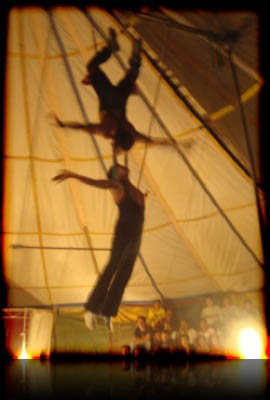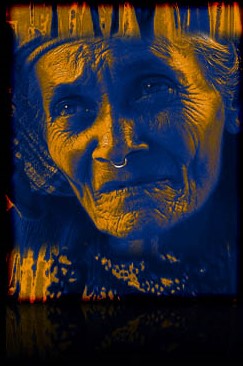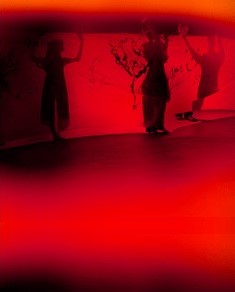Uncommon Ground: Everyday Aesthetics and the Intensionality of the Public Realm
DOI:
https://doi.org/10.25071/1913-5874/37324Abstract
We inhabit a society where the information that we receive on a daily basis is focused on telling us how to live. Media campaigns constantly blitzkrieg the public with the responsibility to “act more environmentally friendly,” to “lose weight,” and to seek ultimate satisfaction/security in their brand of “fill in the blank.” The sensory regimes employed to deliver these messages use the following common denominators: “buy this product,” “live this way,” “support this vision/cause/belief system.” Comply and “everything will be fine”: you will be thinner, safer, happier, and more productive. On a more tactile and surficial level, urban designers - via municipalities - allow developers to enforce a codified definition of how public space should be formed, interpreted, and used. Counter to the narratives imposed or implied by existing power structures, Lefebvre aptly proposes the following: “As with every genuine art, this [the art of living] will not be reduced to a few cheap formulas, a few gadgets, to help us organize our time, our comfort, or our pleasure more efficiently...The genuine art of living implies a human reality, both individual and social, incomparably broader than this” (199)
References
Corrente, Michael. “Sketches of Urbanness”
DeCerteau, Michel. The Practice of Everyday Life. Trans. Steven Rendall. Berkely: University of California Press, 1984.
Dorgan, Robert. Negotiated Place in the Design Studio. InTensions. Issue 2. 2009.
Lefebvre, Henri. Critique of Everyday Life: Volume One. Trans. John Moore. London: Verso, 1991.





